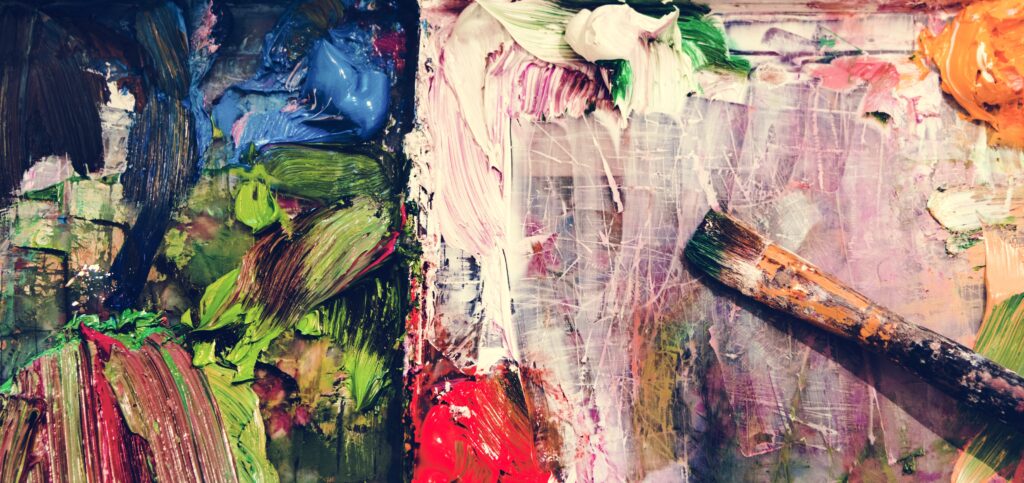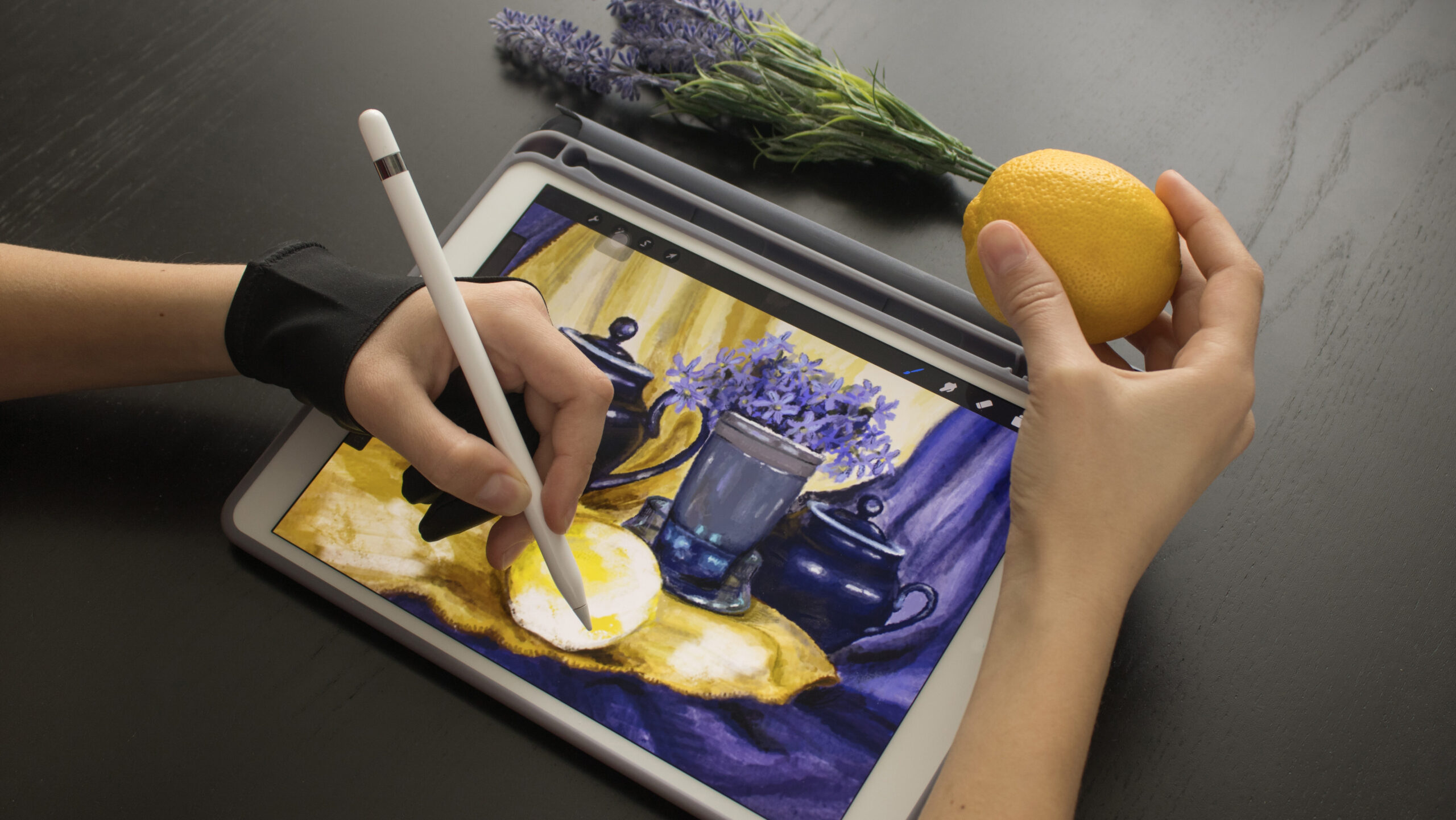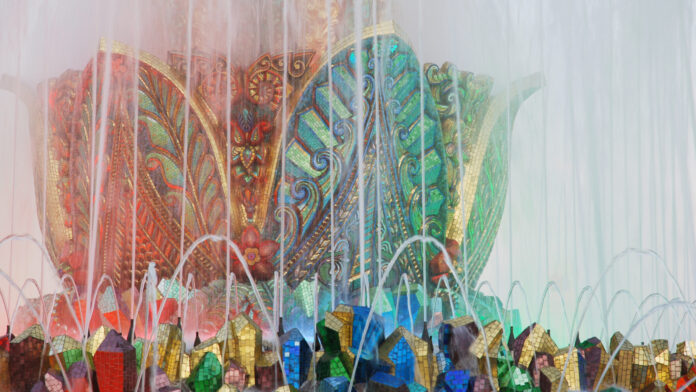Contemporary Sri Lankan Painters Bridging Tradition and Modernity
Frontpage Journal | July 2025
Sri Lanka has a long and rich tradition of visual arts, with painting playing a central role in expressing cultural stories, religious beliefs, and everyday life. Today, contemporary Sri Lankan painters are carrying forward this heritage while forging new paths that blend traditional themes with modern artistic expression. Their work is attracting attention not only locally but also on the international stage, showcasing the island’s vibrant creative spirit.
The foundation of Sri Lankan painting lies in ancient frescoes and temple murals that date back over a thousand years. These works often depict scenes from Buddhist mythology, nature, and royal courts with a distinct style characterized by vivid colors and intricate detailing. Contemporary painters draw inspiration from this legacy but also explore new ideas and techniques that reflect a changing society.
Many modern Sri Lankan artists maintain strong ties to tradition through subject matter and symbolism. They revisit themes such as spirituality, social identity, and historical narratives, often reinterpreting them for today’s audience. At the same time, they experiment with form, medium, and style—combining realism with abstraction, using bold color palettes, and integrating mixed media.
One notable trend among contemporary painters is the dialogue between urban and rural life. Artists explore how modernization, migration, and globalization impact identity and culture. Their paintings capture the tensions and harmonies between heritage and progress, tradition and innovation. This duality resonates deeply with viewers who experience these changes
firsthand.

Sri Lankan painters are also engaging with global art movements while retaining a unique cultural voice. Some incorporate elements of expressionism, surrealism, or minimalism, adapting these international styles to local contexts. This fusion results in works that are both contemporary and distinctly Sri Lankan.
The art community in Sri Lanka has grown steadily, with galleries, art festivals, and artist collectives providing platforms for painters to showcase their work. These venues encourage dialogue, collaboration, and exposure to diverse audiences. Many painters also participate in residencies abroad, gaining new perspectives and expanding their networks.
Economic factors play a role in shaping the careers of contemporary painters. While some enjoy commercial success through sales and commissions, others face challenges related to market access and valuation of art. Despite this, there is increasing recognition of painting as a viable profession and cultural contribution.
Technology has influenced how painters create and share their art. Digital tools offer new ways to experiment and produce work, while social media enables artists to connect with collectors, critics, and fans worldwide. This digital presence helps elevate Sri Lankan art beyond geographical boundaries.

Educational institutions contribute to the development of painters by offering formal training and encouraging creative exploration. Universities and art schools provide courses that blend classical techniques with contemporary practices, nurturing a new generation of artists who can innovate while respecting tradition.
The impact of contemporary Sri Lankan painters extends beyond galleries. Their work often addresses social issues such as environmental concerns, human rights, and cultural preservation. Through visual storytelling, they raise awareness and provoke reflection, making art a catalyst for change.
Collectively, these painters are redefining what it means to be an artist in Sri Lanka today. They honor their roots while embracing the challenges and opportunities of a rapidly evolving world. Their paintings invite viewers to see Sri Lanka through fresh eyes—celebrating its beauty, complexity, and resilience.
In conclusion, contemporary Sri Lankan painters embody a dynamic blend of tradition and modernity. Their passion and creativity ensure that the island’s artistic heritage remains vibrant and relevant. As they continue to explore new frontiers in painting, they strengthen Sri Lanka’s place in the global art landscape and inspire future generations of artists.




